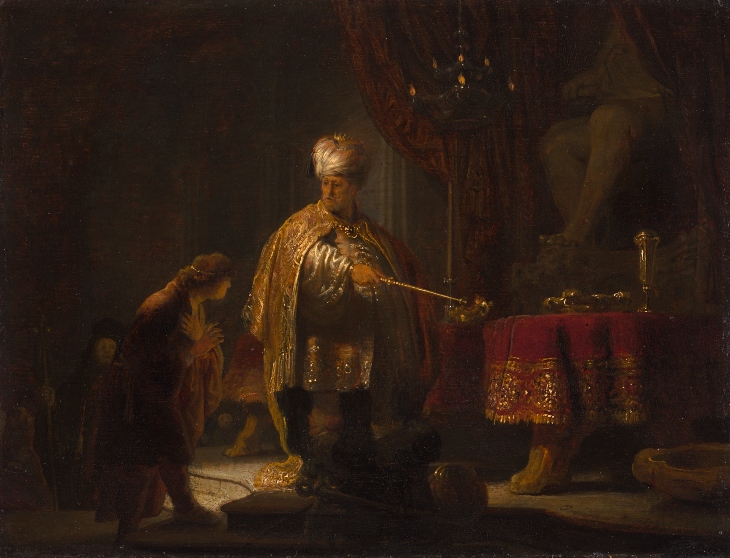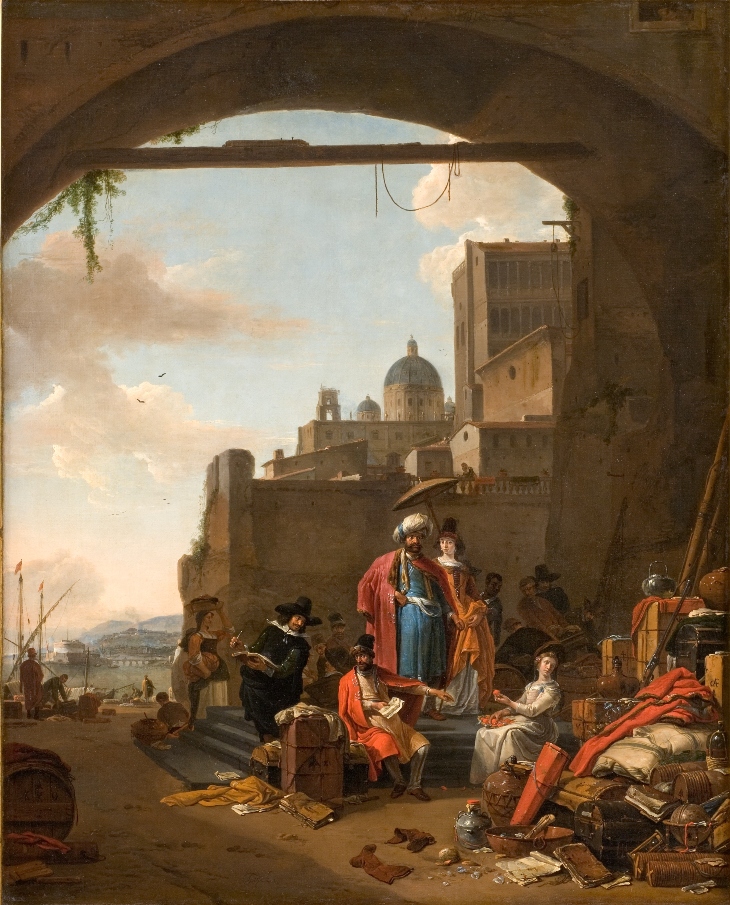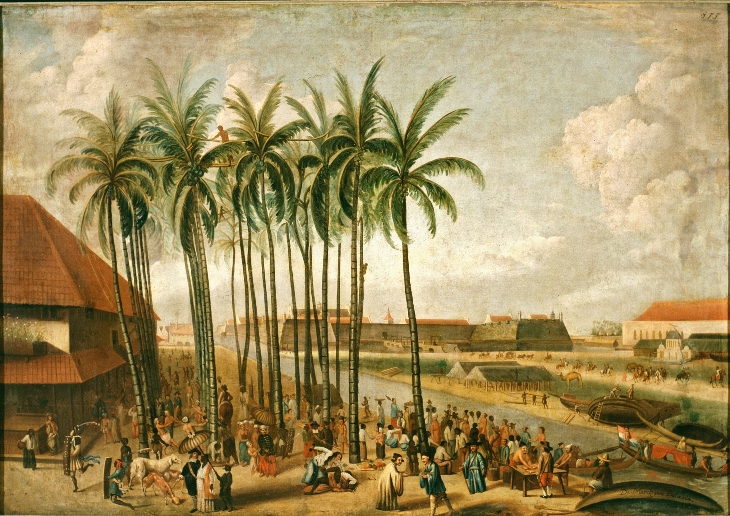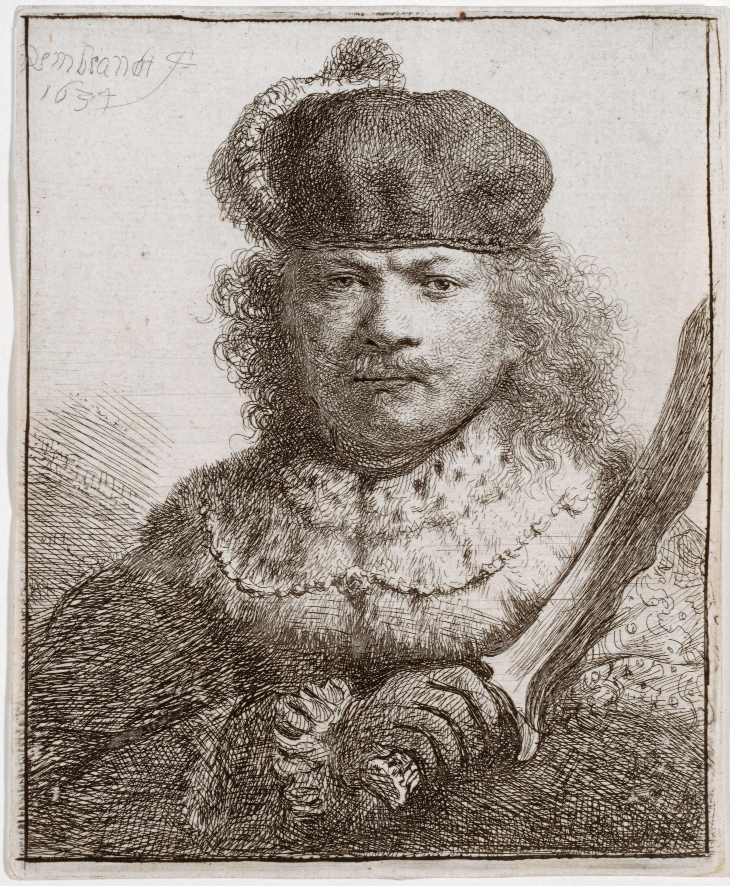West meets East in Dutch Art of the Seventeenth Century
Home to the headquarters of the Dutch East and West India Companies, Amsterdam in the 17th century was a bustling merchant city, whose residents came into frequent contact with both people and objects from around the world. Spending most of his career in the Dutch capital, Rembrandt was famously fascinated by foreign cultures. Encompassing his activities both as artist and collector, this exhibition shows how Rembrandt was influenced by new imports, from artefacts to written accounts, arriving from what was then known as the Orient. Works by his contemporaries, meanwhile, offer a wider sense of how Europeans imagined the East in 17th century. Find out more from Kunstmuseum Basel’s website.
Preview below | View Apollo’s Art Diary here

Daniel and Cyrus Before the Idol Bel (1633), Rembrandt. J. Paul Getty Museum, Los Angeles

Merchants with Goods in a Mediterranean Port (1660s), Thomas Wijck. Musée Fabre, Montpellier

The Market of Batavia (1688), J.F.F. after Andries Beeckman. Tropenmuseum, Amsterdam

Self-portrait with Raised Sabre (1634), Rembrandt. Kunstmuseum Basel











![Masterpiece [Re]discovery 2022. Photo: Ben Fisher Photography, courtesy of Masterpiece London](http://www.apollo-magazine.com/wp-content/uploads/2022/07/MPL2022_4263.jpg)
‘I am every conservator’s nightmare – that person who wants to touch the art’